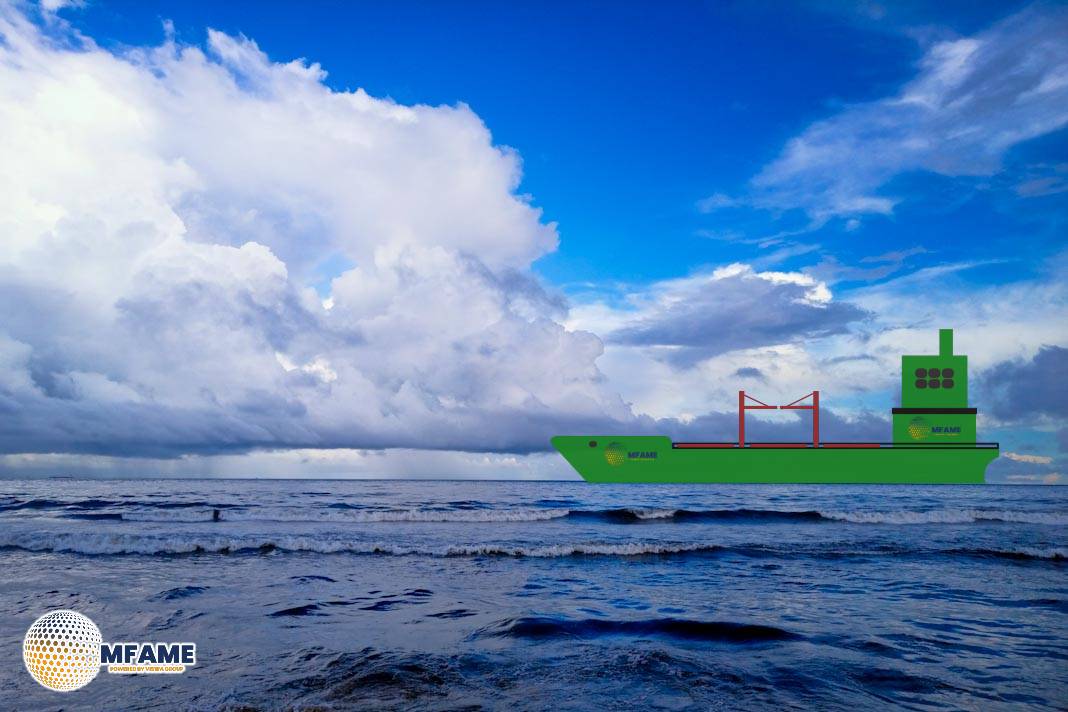 Falls overboard continue to be the leading cause of fatalities in the U.S. tugboat, towboat, and barge industry. Despite notable safety improvements over the past two decades, the American Waterways Operators (AWO) acknowledges that more must be done.
Falls overboard continue to be the leading cause of fatalities in the U.S. tugboat, towboat, and barge industry. Despite notable safety improvements over the past two decades, the American Waterways Operators (AWO) acknowledges that more must be done.
In response, AWO has released a comprehensive Falls Overboard Prevention Report, developed under the Coast Guard–AWO Safety Partnership. This data-driven initiative aims to equip the industry with targeted solutions to eliminate preventable deaths and protect maritime workers across the country.
Understanding the Persistent Risk of Falls Overboard
AWO’s data analysis of 118 fall-overboard incidents from 2012 to 2024 reveals clear patterns and risk factors. A striking 68% of incidents occurred on barges, often due to unguarded edges and low-freeboard designs.
Two-thirds of these events happened at night, linking fatigue and poor visibility to elevated danger. Deckhands and tankermen were the most affected roles, and notably, experience levels showed little protection—45% of incidents involved mariners with two or more years at sea. Slip, trip, and fall hazards were identified as the root cause in 84% of incidents, highlighting the urgent need for better hazard mitigation.
A Layered Safety Strategy Using the Hierarchy of Controls
AWO’s recommendations are built on a modified Hierarchy of Controls, ranging from hazard elimination to personal protective equipment (PPE):
-
Elimination & Substitution: Encourage interior gunnel use, adopt hands-free mooring systems, and deploy remote devices for cargo handling.
-
Engineering Controls: Install guardrails, scaffold boards, and restraint systems to provide physical barriers to risk.
-
Design Mitigations: Apply non-slip coatings, install handholds, use visual edge alerts, and optimize deck layout to reduce hazards.
-
Administrative Controls: Enhance protocols for housekeeping and de-icing, and increase training on fatigue, situational awareness, and substance use.
-
PPE: Broaden the use of fall restraint systems and lifelines with clear guidance on application and maintenance.
Designing Safer Vessels for the Future
The report emphasizes that long-term prevention lies in designing safety into vessels from the start. It recommends features such as:
-
Wider walkways
-
Inboard working areas
-
Raised coaming walls
-
Remote monitoring systems
These innovations can significantly reduce the need for crew exposure to hazardous areas and create a safer operational environment across the fleet.
Industry-Wide Call to Action: Falls Overboard Safety Standdown Day
To raise awareness and promote active participation, AWO is organizing the Falls Overboard Safety Standdown Day on August 28, 2025. Member companies are encouraged to pause operations briefly to:
-
Discuss fall prevention measures with crews
-
Share participation on social media using #StopFallsOverboard and #AWOSafety
-
Use AWO’s official toolkit, which includes prompts, post templates, and follow-up suggestions
This initiative seeks to create a collective cultural shift toward proactive safety practices.
Falls overboard are not inevitable—they are preventable. AWO’s new report offers a robust, evidence-based framework that combines physical improvements, smarter vessel design, crew training, and organizational awareness.
With nearly 5,000 tugboats, 33,000 barges, and 665 million tons of cargo at stake annually, the safety of U.S. mariners is essential for both human and economic reasons. As AWO rightly puts it, “Preventing falls overboard means building safety into every aspect of vessel design, operation, and behavior.” The time to act is now, and the industry has the tools to do so.
Did you subscribe to our daily Newsletter?
It’s Free Click here to Subscribe!
Source: MARINE LINK
















